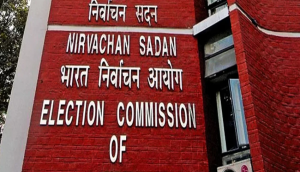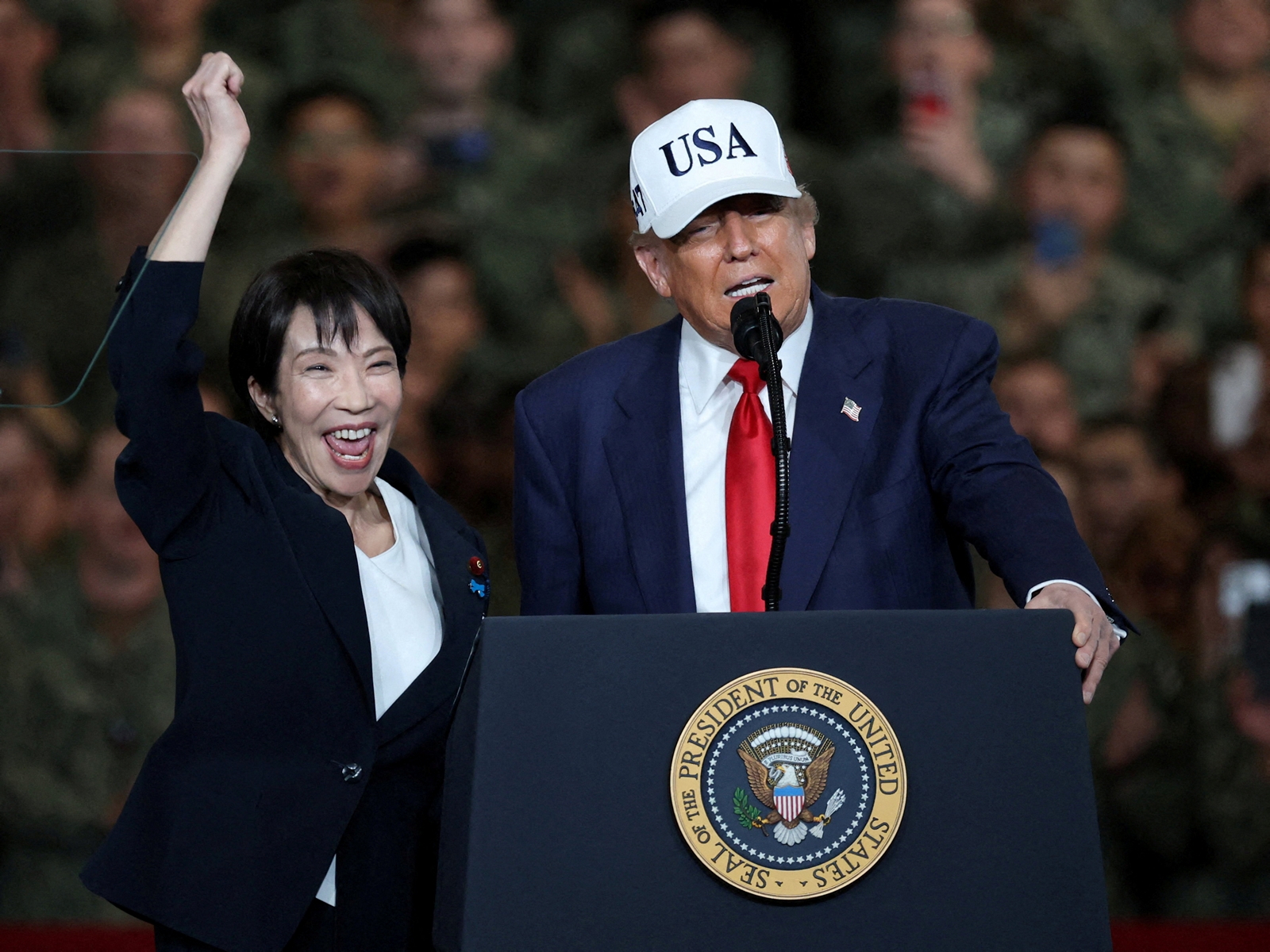BJP's Parivartan Yatra ends on a lukewarm note in Lucknow. Note ban effect?

The Bharatiya Janata Party's four Parivartan Yatras, which began on 5 November, converged in Lucknow to mark their final culmination in a road show on Saturday. It was led by Union Home Minister and Lucknow MP Rajnath Singh.
The Yatra took place in the backdrop of the Narendra Modi government's controversial decision to demonetise Rs 500 and Rs 1000 currency notes.
Rajnath defended demonetisation saying that the prime minister had taken the decision in the interest of the country.
Seeking to delink it with political gain or loss, Singh said the decision was aimed at ending corruption and hoarding of black money.
Emphasising on good governance, the Union Home Minister said that it was first given by former Prime Minister Atal Bihari Vajpayee and after 2014 it was by Narendra Modi who was using good governance to rid the country of various evils.
Singh, a former chief minister of Uttar Pradesh, was assigned the lead role after a change in Prime Minister Narendra Modi's scheduled programme to address what was to be "a mammoth rally" in Lucknow.
Modi will now be addressing a rally in Lucknow in the first week of January.
Political analysts said by giving Rajnath Singh prominence on the final day of the yatra only meant that the party acknowledged his importance in the state politics.
Singh said that the support which the yatras had got was tremendous and the first of its kind. These yatras, he said, had laid the foundation for change in the state.
Others accompanying Singh on the rath from the KD Singh Babu stadium to Hazratganj, included Union ministers Kalraj Mishra and Uma Bharati and the BJP's state president Keshav Prasad Maurya, none as tall as the Home Minister.

Saturday's event was limited to the garlanding of the statues of Babasaheb Ambedkar, Mahatma Gandhi and Sardar Vallabhbhai Patel, all located in the Hazratganj area.
During the 49-day campaign the yatras crisscrossed all the 403 assembly constituencies in the state besides "reaching out to almost two crore people".
At the point of convergence, KP Maurya said that the four yatras had together covered over 17,000 kilometres and the party leaders had together addressed 618 rallies. Six of these were addressed by Modi, the last being in Kanpur on 18 December.
After the parivartan yatras, Maurya said, will be the Vijay Yatra (victory march).
Before getting down from the bus to pay floral tributes to Ambedkar, Singh administered an oath to "bring about economic and social changes in the life of people in Uttar Pradesh". The oath enjoins the workers to work for equality, affection and harmony among all sections of the people. It invoked former Prime Minister Atal Bihari Vajpayee, Shyama Prasad Mukherjee and Deen Dayal Upadhyay in its quest for victory in the 2017 elections.
With the yatras preparing the ground for the party to launch it election campaign with added vigour, the BJP had left the Samajwadi Party and the Bahujan Samaj Party behind in reaching out to the people. The SP's poll campaign is yet to gain momentum, while the BSP is too caught up with demonetisation.
Surprisingly, Lucknow remained lukewarm to BJP's mammoth effort to reach out to people with mostly party workers participating in the road show.
A party office-bearer said that despite being a road show the participation of the people was impressive. The yatras had awakened the masses to the need for change of government in the state, he said.
First published: 24 December 2016, 21:47 IST





![BJP's Kapil Mishra recreates Shankar Mahadevan’s ‘Breathless’ song to highlight Delhi pollution [WATCH] BJP's Kapil Mishra recreates Shankar Mahadevan’s ‘Breathless’ song to highlight Delhi pollution [WATCH]](https://images.catchnews.com/upload/2022/11/03/kapil-mishra_240884_300x172.png)

![Anupam Kher shares pictures of his toned body on 67th birthday [MUST SEE] Anupam Kher shares pictures of his toned body on 67th birthday [MUST SEE]](https://images.catchnews.com/upload/2022/03/07/Anupam_kher_231145_300x172.jpg)






